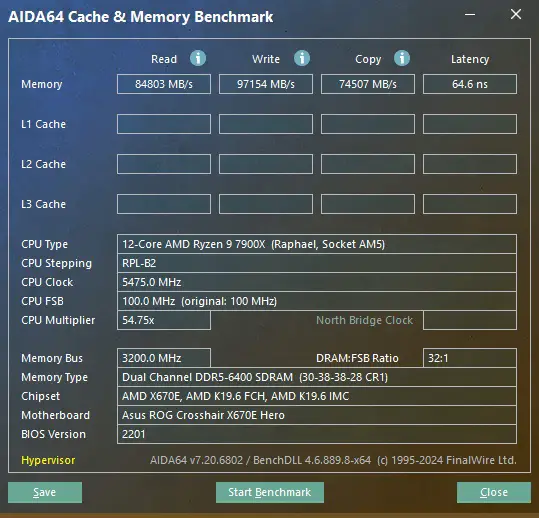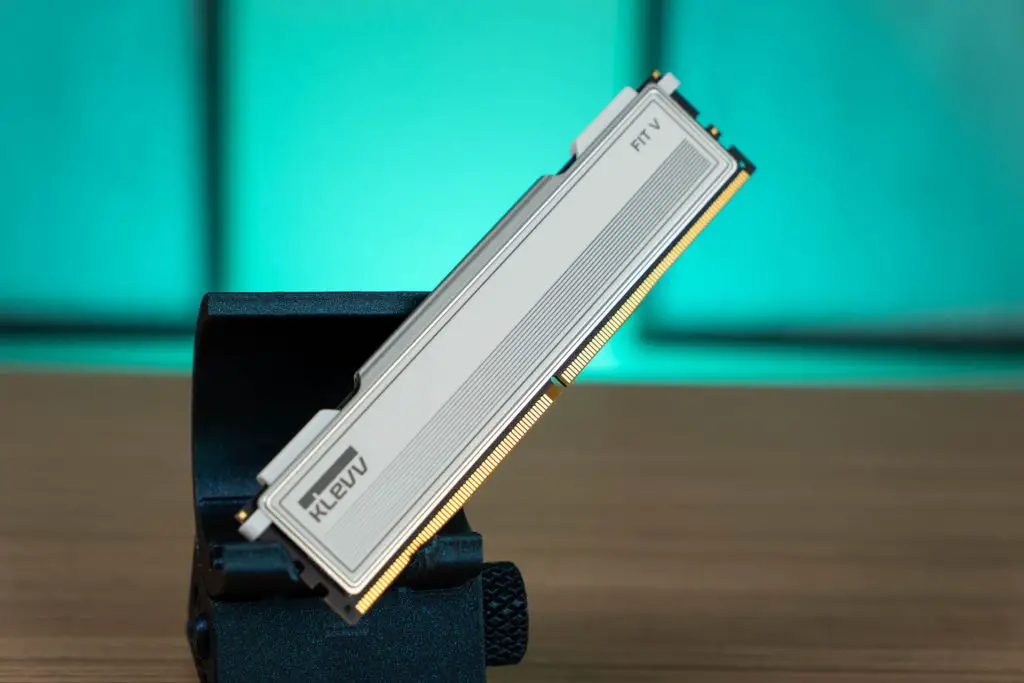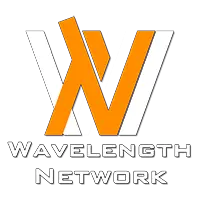DDR5 memory technology has steadily gained traction in the consumer market, offering significant performance improvements over its DDR4 predecessor. While the initial cost of DDR5 modules was relatively high, prices have become more accessible in recent times.
KLEVV, a renowned memory manufacturer, has recently introduced the Fit V DDR5-6000, a budget-friendly option for those seeking to upgrade their systems with the latest DDR5 technology. We’ve done a quick test with the KLEVV Fit V DDR5-6000 to see what can we expect from this kit and if it’s a good DDR5 memory kit you can invest in.
Specifications
| Capacities |
|
| Speeds* |
|
| Latencies |
|
| Standard | Intel XMP 3.0 / AMD EXPO |
| Voltage |
|
| Operating Temperature | 0 °C to 85 °C |
| Dimensions | 136.34 x 33.21 x 6.2 mm |
Overview
This slideshow requires JavaScript.
The FIT V comes in a simple cardboard box, unlike the more premium packaging of the CRAS V RGB. The box displays Intel XMP and AMD EXPO certifications, guaranteeing compatibility with DDR5 upgrades. As listed in the specs, the FIT V offers various speeds: DDR5-5600, DDR5-6000, and DDR5-6400, ensuring reasonable performance compared to early DDR5-4800 modules.
The FIT V’s dimensions are comparable to standard DDR5 modules without heatsinks, ensuring compatibility with most CPU coolers. The heatsink is basic, comprising two thin aluminum pieces that provide sufficient cooling under normal operating conditions. Beneath the heatsink are ESSENCORE E5CC8G8N3JR KPC memory ICs, which Thaiphoon Burner identifies as H5CG38AEBDX???. While we couldn’t definitively determine the specific Hynix ICs, they are likely Hynix A-die.
Test System
| CPU | AMD Ryzen 9 7900X |
| Motherboard | ASUS ROG MAXIMUS X670E HERO |
| Memory | KLEVV FIT V DDR5-6000 |
| Graphics Card | NVIDIA GeForce RTX 3080 |
| Power Supply | Cooler Master M2000 Platinum |
| Primary Storage | Kingston KC3000 2TB |
| Secondary Storage | WD Black 6TB |
| CPU Cooler | Cooler Master MasterLiquid PL360 Flux |
| Chassis | Cooler Master MasterFrame 700 |
| Operating System | Windows 11 64bit |
Memory Overview
While manufacturers often prioritize compatibility and stability, using Intel XMP or AMD EXPO profiles, some DDR5 memory kits can exceed their advertised performance with manual tuning. The quality of the memory ICs plays a significant role in this potential for overclocking.
This slideshow requires JavaScript.
With the EXPO profile enabled, the kit will operate at DDR5-6000 CL32-38-38-78. This performance exceeds that of older DDR5-4800 kits and even some newer DDR5-5600 kits. If you desire slightly better performance but prefer a less aggressive approach, you can manually adjust the following settings:
- tRFC to somewhere around 380
- tRAS to 30
- tRRDS to 4
- tRRDL to 6
- tRTP to 12
- tFAW to 16
- tCWL to 30
- leave the rest on auto
With minor adjustments, we were able to tighten the timings of the kit to CL28-37-37-26 and set the DRAM voltage to 1.4V. While the impact on the overall performance with that slight decrease in latency may be negligible for everyday tasks like web browsing and office work, you’ll likely notice a slight 1% increase in minimum frame rates during gaming.
Although we attempted to push the FIT V further, anything beyond DDR5-6400 proved to be unstable on our system without further tuning and additional voltage. Considering the additional voltage and tuning needed, we opted for DDR5-6400. We believe that DDR5-6400 CL30-38-38-28 with a slightly elevated voltage of 1.42V represents the best performance-stability compromise for our configuration.
Final Thoughts
While the KLEVV FIT V DDR5-6000 may not cater to those chasing the highest memory frequencies, its $89.99 price makes it an appealing choice for users seeking a dependable DDR5 kit without overspending. Unlike more premium options designed for extensive overclocking, the FIT V strikes a practical balance between performance and affordability.
Though higher memory frequencies can offer performance advantages, many experts recommend DDR5-6000 as a sweet spot for most users. It’s easier to achieve stable performance with DDR5-6000 compared to faster speeds. DDR5-6400 CL30 with a 1:1 UCLK/MCLK ratio might represent an ideal scenario by many, DDR5-6000 CL30 or DDR5-6000 CL28 configurations are much more recommended for this kit as they can still provide a solid performance boost for mainstream users with minimal tuning required.











